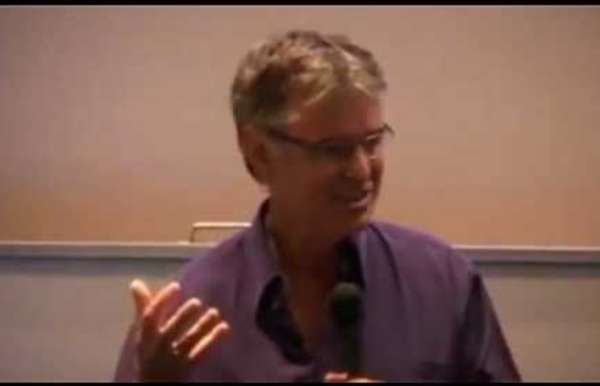



What works in education – Hattie’s list of the greatest effects and why it matters | Granted, and... [UPDATE February 2015: Over the past few years, numerous people have commented on my last paragraph as being an overstated and overheated conclusion, unwarranted by the data and of no help in advancing reform. Fair enough: I have come to think that they are correct. So, a new concluding comment is attached, with the old concluding paragraph available for inspection. I agree with my critics: there is no need to pile on teachers in this era of teacher-bashing – and it was not my point. My point was to say: we can improve learning, so let’s do it.] [UPDATE 11/2014: There have been recent reports suggesting that some of Hattie’s math is flawed. I have been a fan of John Hattie’s work ever since I encountered Visible Learning. Perhaps most importantly, Hattie was able to identify a ‘hinge point’ (as he calls it) from exhaustively comparing everything: the effect size of .40. The caveat in any meta-anlysis, of course, is that we have little idea as to the validity of the underlying research.
138 Influences Related To Achievement - Hattie effect size list John Hattie developed a way of synthesizing various influences in different meta-analyses according to their effect size (Cohen’s d). In his ground-breaking study “Visible Learning” he ranked 138 influences that are related to learning outcomes from very positive effects to very negative effects. Hattie found that the average effect size of all the interventions he studied was 0.40. Therefore he decided to judge the success of influences relative to this ‘hinge point’, in order to find an answer to the question “What works best in education?” Originally, Hattie studied six areas that contribute to learning: the student, the home, the school, the curricula, the teacher, and teaching and learning approaches. John Hattie updated his list of 138 effects to 150 effects in Visible Learning for Teachers (2011), and more recently to a list of 195 effects in The Applicability of Visible Learning to Higher Education (2015).
Using data to improve learning Visible learning Visible learning for teachers: Maximizing impact on learning Book: Just the facts